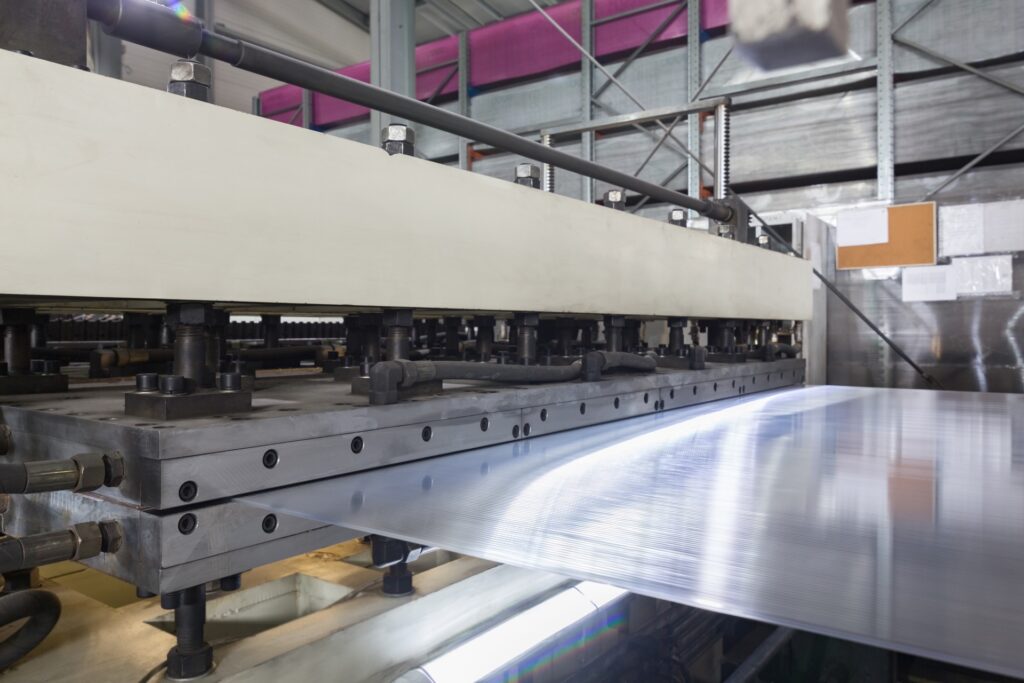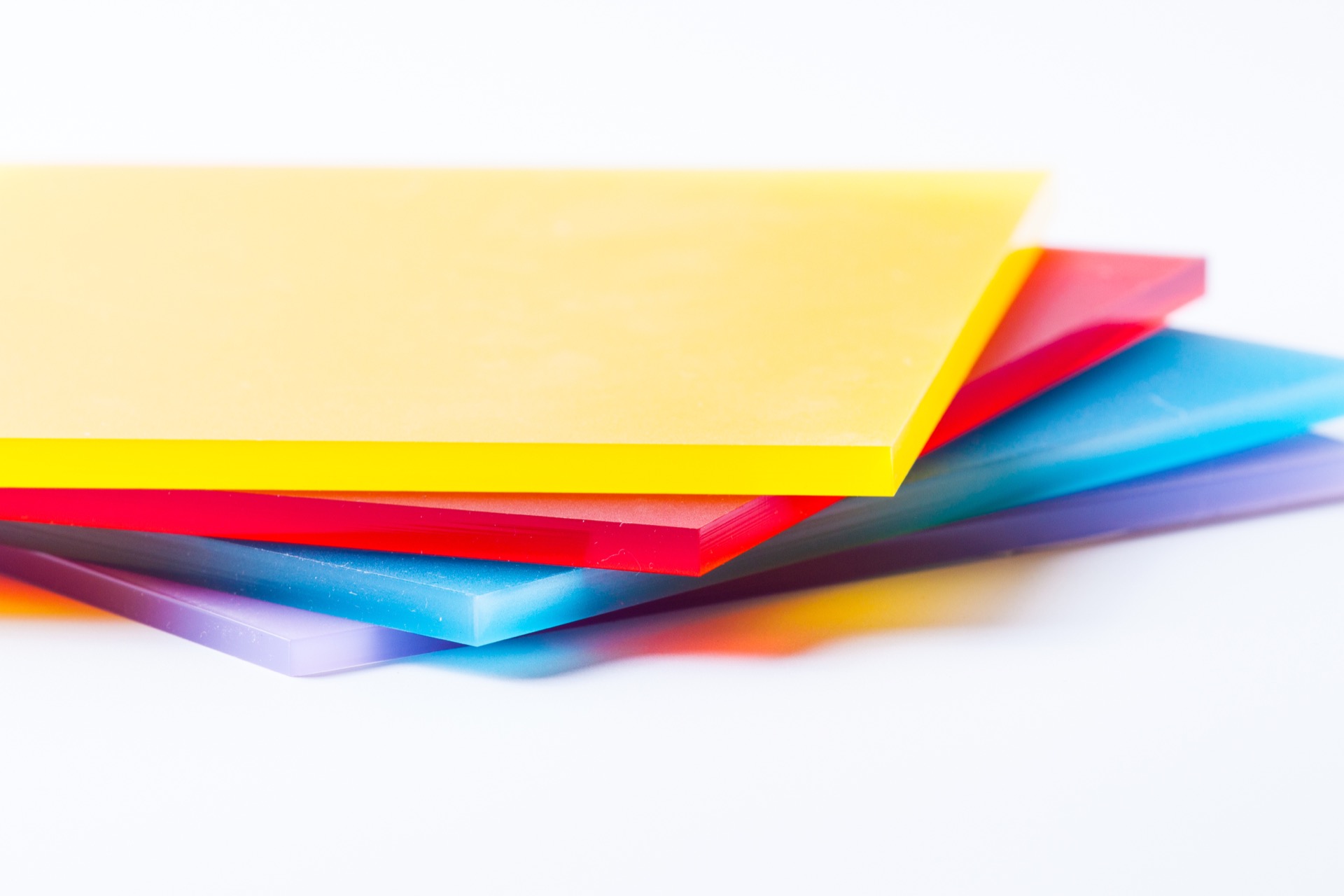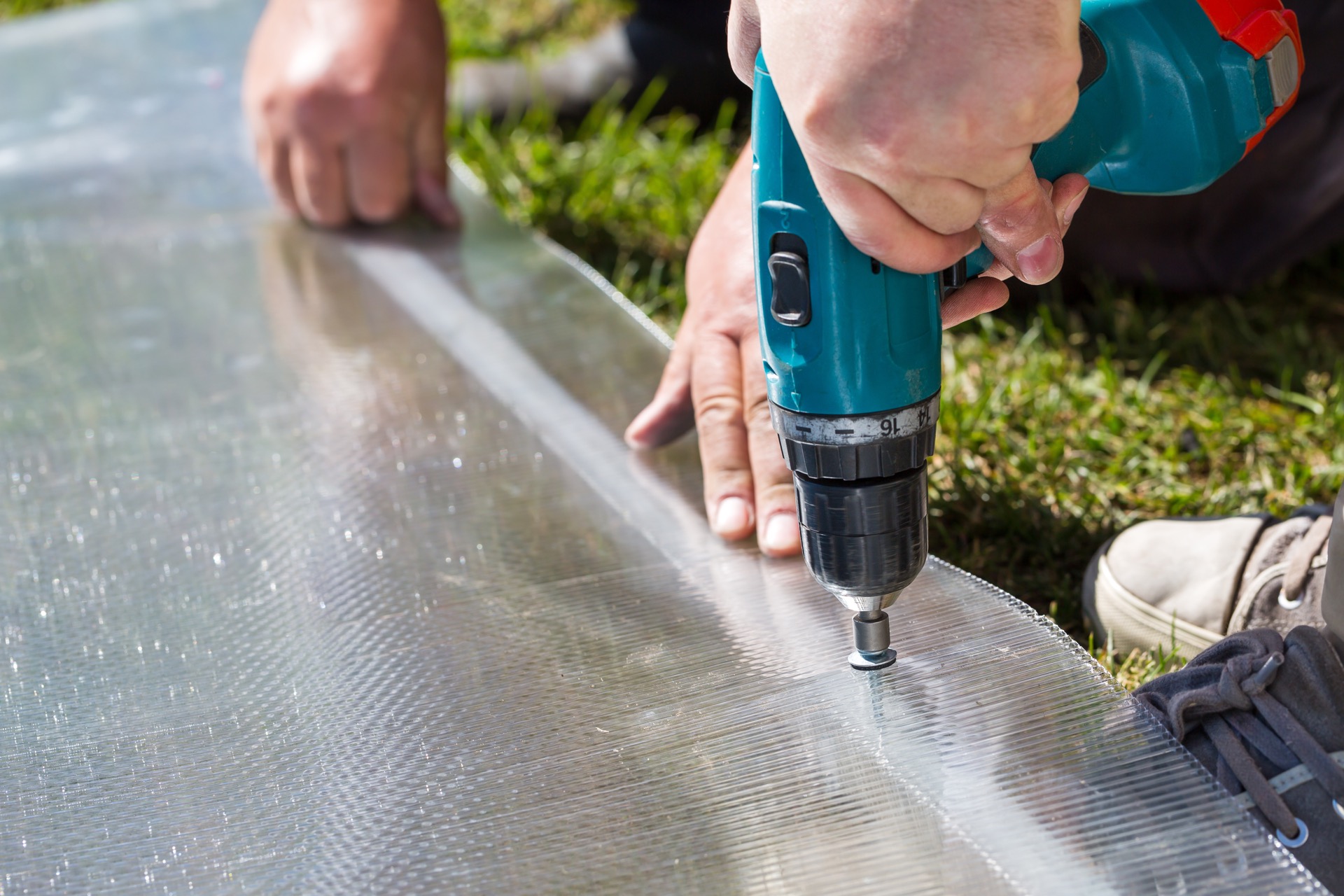Chances are you’re less familiar with acrylic plastic than plexiglass, but you probably don’t realize you’re more familiar with both than you realize. Plexiglass, one of the most common forms of plastic is actually colloquial language for clear, acrylic plastic. Thus, plexiglass and acrylic plastic are actually the same thing (and will be used interchangeably throughout our article). But what about polycarbonate plastic? When comparing polycarbonate vs acrylic plastic are they more similar than they are different?
Below we detail the similarities and differences of each kind of plastic.
Polycarbonate Vs Acrylic: Which is Stronger?
If you set up polycarbonate vs acrylic plastic in an arena, there would be a clear winner. Polycarbonate is definitely the stronger of the two, partly due to the fact that polycarbonate plastic is much more flexible than acrylic plastic.
Compared to glass, acrylic plastic has 10 times the impact resistance of glass. Polycarbonate, on the other hand, has 250 times the impact resistance of glass! Because of this, polycarbonate plastic is frequently chosen for locations like bus stops where both durability and strength are important for longevity.
While both are stronger than glass, polycarbonate is the best choice if you need a strong type of plastic.
Is Polycarbonate Plastic Clearer Than Plexiglass?
Plexiglass (acrylic plastic) is the winner here. Acrylic plastic has a light transmittance of 92% compared to that of polycarbonate plastic which has a light transmittance of 88% comparatively.
Looking through a new, clear sheet of each you probably wouldn’t notice the difference. However, one major benefit that acrylic has over polycarbonate is that it can be polished to restore its clarity.
Because both are good for visibility, they are popular picks for use in shielding against the coronavirus in commercial settings. Plus, they can easily be cleaned making them one of the best choices for COVID-19 protection.
To clean each kind of plastic, always use a microfibre or 100% cotton cloth. Acrylic is the pickier plastic of the two as it can’t be cleaned with chemicals, only soapy water. Polycarbonate can handle a wider range of chemicals, but there are still some that can make it cloudly. Solvents shouldn’t be used to clean either plastic, but ammonia-based cleaners can be used on polycarbonate plastic.
How to Effectively Work With Polycarbonate and Acrylic Plastic
While both materials are plastics, they still have individual properties that differentiate them, especially with respect to working with them.
For instance, while both plastics are relatively easy to cut with conventional tools when comparing acrylic versus polycarbonate, acrylic is easier to cut. Polycarbonate plastic tends to resist being worked with during the initial cut of a saw or router.
Using the right tools is important for working with either material and this is even more true with respect to plexiglass. It will crack if drilled close to the edge of it or if a drill bit is used that’s not designed for plastic. Polycarbonate, conversely, will rarely crack, even if it’s drilled close to the edge of the piece of material.
Although polycarbonate is the stronger of the two, heat bending will work better with acrylic plastic. Polycarbonate can be cold-formed or bent without heating.
As plastics, both materials have an excellent base durability perfect for many outdoor uses. They resist weather elements, and won’t suffer long-term shrinkage from shrinking and expanding from temperature changes.
Each material has its own weaknesses when it comes to durability though. Plexiglass has a greater chance of chipping than polycarbonate plastic, but it won’t scratch as easily and keeps its colour over time.
Conversely, polycarbonate plastic is less likely to catch on fire due to its low flammability, while acrylic will burn slowly. Therefore, acrylic plastic isn’t recommended to be installed or used in locations where open flames are present.
Each kind of plastic has its own benefits and drawbacks, so the choice of material as to which is better will mainly depend on your use of it.
Do you need polycarbonate or acrylic plastic for a project? We offer high-quality versions of both varieties.


